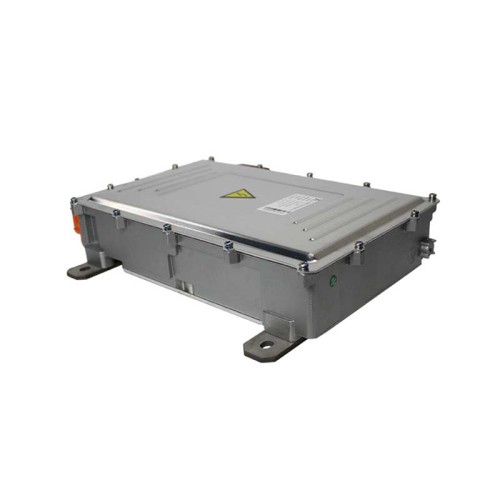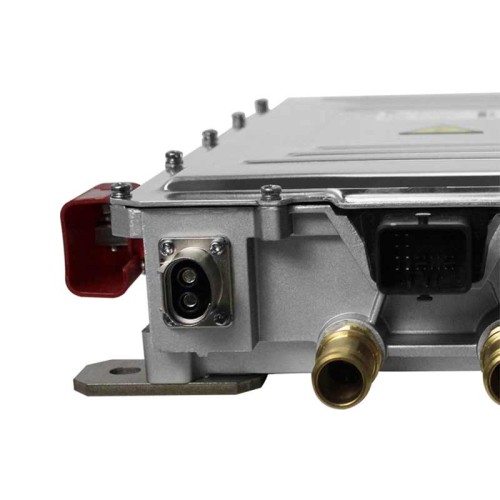
Gone are the days when electric mobility meant chain-tethering to fixed stations. Portable EV chargers are rewriting the rules of energy autonomy, blending emergency readiness with daily convenience. Let’s decode how these compact power hubs are becoming every EV driver’s secret weapon.

The New Portable Power Calculus
- Voltage Shape-Shifting: Premium portable EV chargers auto-adapt between 90V–280V, conquering rural grids and unstable campground outlets.
- Battery-as-a-Backup: Some models now integrate removable lithium packs, letting you pre-charge at home for off-grid emergencies.
- Stealth Solar Synergy: Look for units with MC4 inputs—pair with foldable panels for indefinite range in disaster zones.
Beyond Roadside Rescue
Innovators are redefining portable EV chargers as multi-tools:
- Worksite Power Banks: Charge tools/EVs simultaneously via 120V passthrough ports
- Fleet Voltage Stabilizers: Clean dirty generator power for sensitive onboard electronics
- Apartment Grid Arbitrage: Capitalize on off-peak rates without garage access

The Durability Paradox
The best portable EV chargers thrive under abuse:
- Saltwater-proof connectors (tested beyond IP66)
- Self-cooling cables that won’t melt on desert asphalt
- Military-grade capacitors resisting -40°F to 158°F thermal shocks
Smart Buy Checklist
When choosing portable EV chargers, demand:
- UL 2594 certification + SAE J1772 compatibility
- At least 3 safety layers (ground fault, overcurrent, arc detection)
- 5-year prorated warranty covering connector wear
Portable EV chargers aren’t just backups—they’re freedom engines dissolving range anxiety’s last barriers. As bidirectional charging matures, these devices will morph into mobile power plants capable of energizing homes or rescuing blacked-out neighborhoods. The question isn’t whether to own one, but how soon your adventures demand it. Charge onward—unplugged.



















Leave a comment